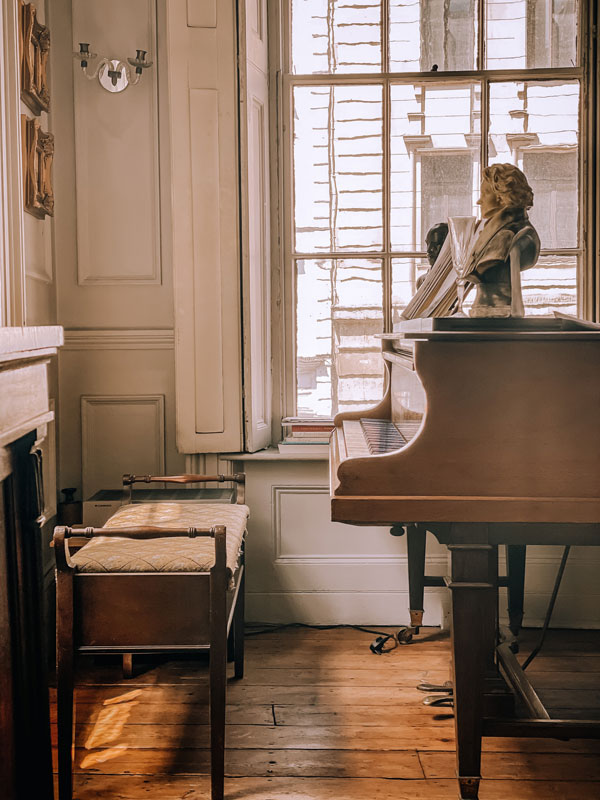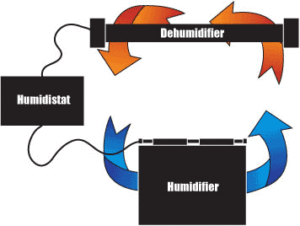
In addition to getting your piano serviced regularly, effectively managing the environmental factors affecting your piano will be the most significant aspect of your piano’s care. Proper humidity control provides numerous important benefits. For example, it stablizes pitch so that tunings last longer, minimizes constant expansion and contraction of wooden parts, prevents rust on strings and metal parts, minimizes deterioration of all components, and sustains a piano’s value. The humidity that causes the doors and drawers around your home to swell and stick during periods of high humidity is the same humidity that penetrates the piano, affecting it in many ways.Your piano was designed to work best in an environment that consists of about 42-45% relative humidity.
If humidity is too high, you may notice sticking keys or a sluggish action when you play. The soundboard and pinblock will also swell, causing the piano to go out of tune. And over time, rust and corrosion will be evident on the strings. When conditions are too dry, action parts may become loose and wobbly, the pinblock will shrink and eventually lose the torque necessary to hold notes in tune, the soundboard will shrink, causing notes to go out of tune and possibly also develop cracks in the soundboard itself. With a Dampp-Chaser Piano Life Saver System, your piano’s relative humidity level is consistently maintained at the 45% level it was intended to work best with. The chart below illustrates how your piano is protected year-round.

The Piano Life Saver System is made up of basic components which work together to control internal piano humidity levels, maintaining the recommended relative humidity and climate no matter what the external conditions are.
 Through a cycling action, the Humidistat is calibrated to create a separate environment within the piano, producing a narrow range of average humidity. When the Humidistat, located less than an inch from the soundboard, senses that the wood is dry, it turns the Humidifier on. Then, when the Humidifier has provided enough moisture to the soundboard, the Humidistat turns off the Humidifier and turns on the Dehumidifier. The Dehumidifier carries away moisture from the soundboard on air currents until the Humidistat senses that the soundboard is dry. The System again switches to the humidifying function. The cycle continues day after day, year after year, protecting your piano from external conditions.
Through a cycling action, the Humidistat is calibrated to create a separate environment within the piano, producing a narrow range of average humidity. When the Humidistat, located less than an inch from the soundboard, senses that the wood is dry, it turns the Humidifier on. Then, when the Humidifier has provided enough moisture to the soundboard, the Humidistat turns off the Humidifier and turns on the Dehumidifier. The Dehumidifier carries away moisture from the soundboard on air currents until the Humidistat senses that the soundboard is dry. The System again switches to the humidifying function. The cycle continues day after day, year after year, protecting your piano from external conditions.
If you would like additional information or are interested in having Kanawha Piano (certified Dampp-Chaser installer) install a Life Saver system in your piano, please contact us to schedule an appointment.
Images and select content used with permission from Dampp-Chaser Corporation.
Monday-Friday: 12pm–7pm
Saturday-Sunday: Closed
2927 Pennsylvania Ave.
Charleston, WV 25302
Get Directions